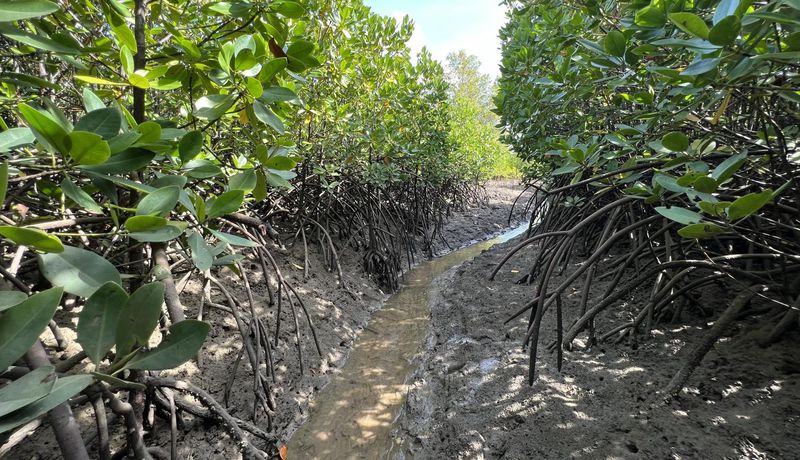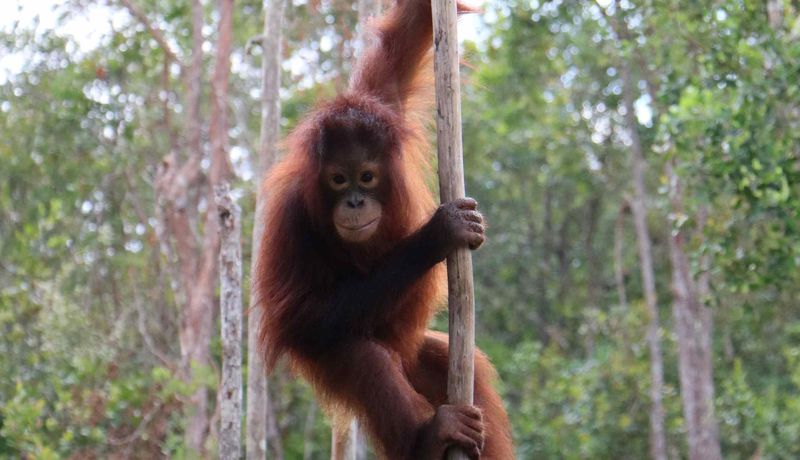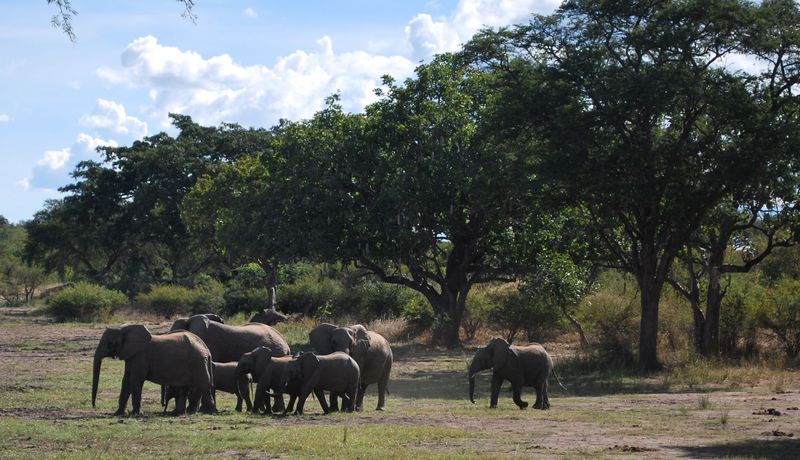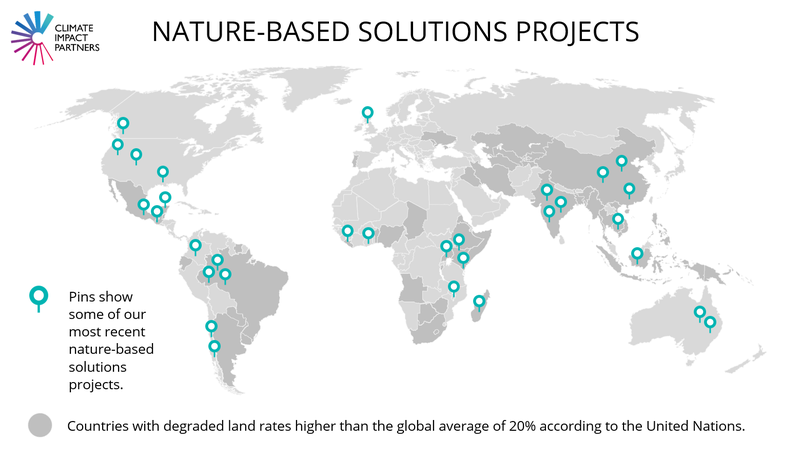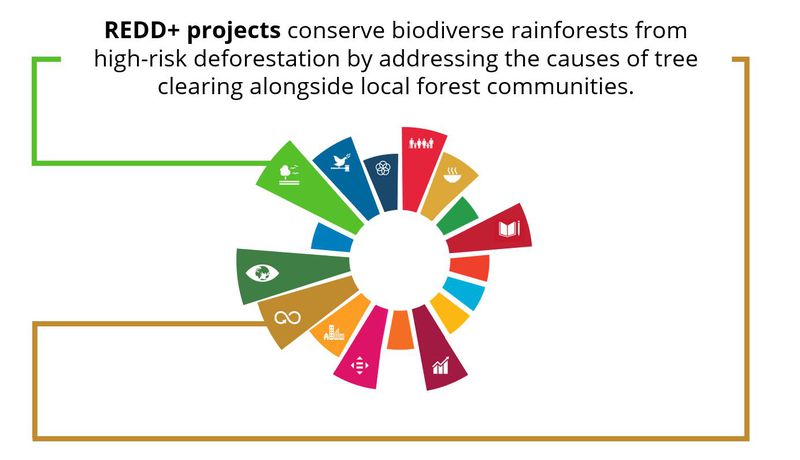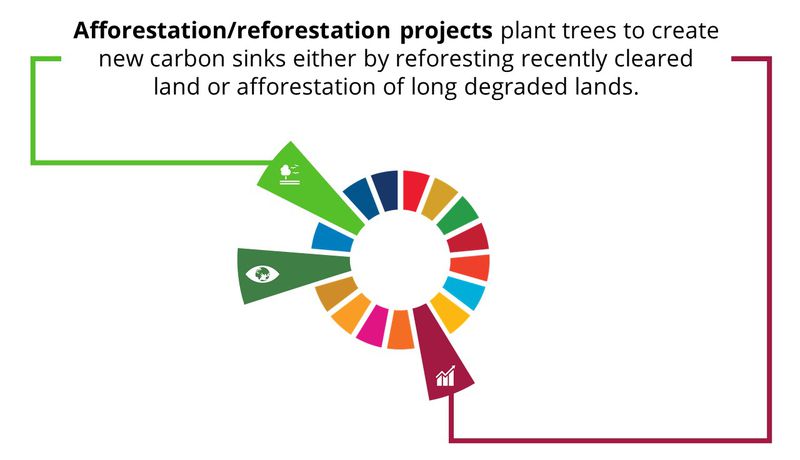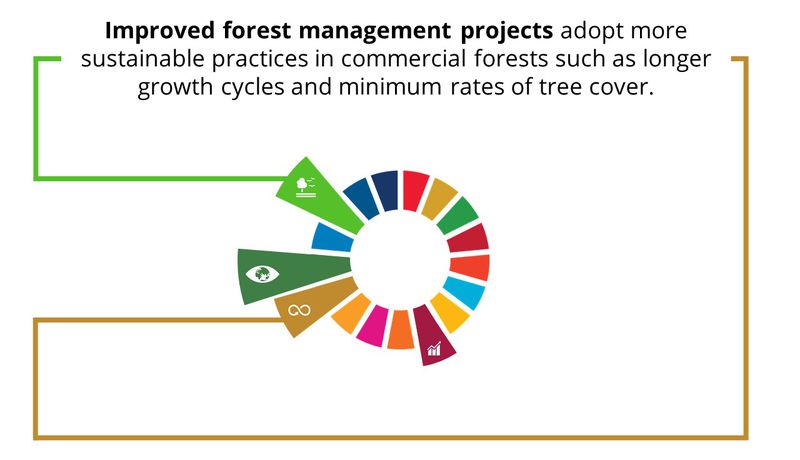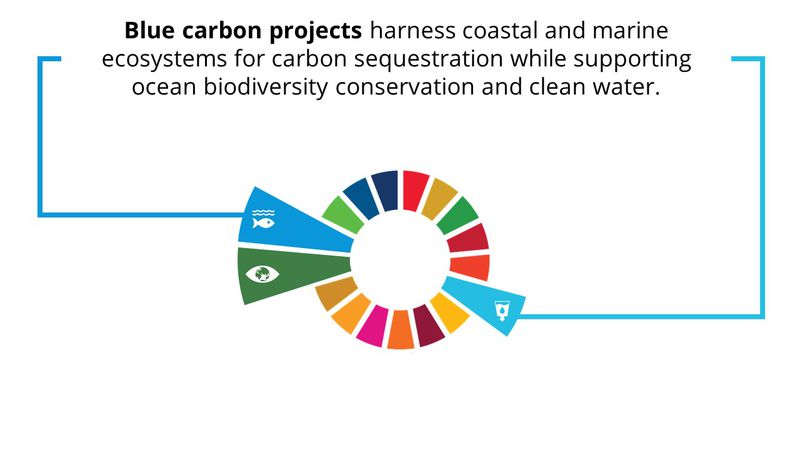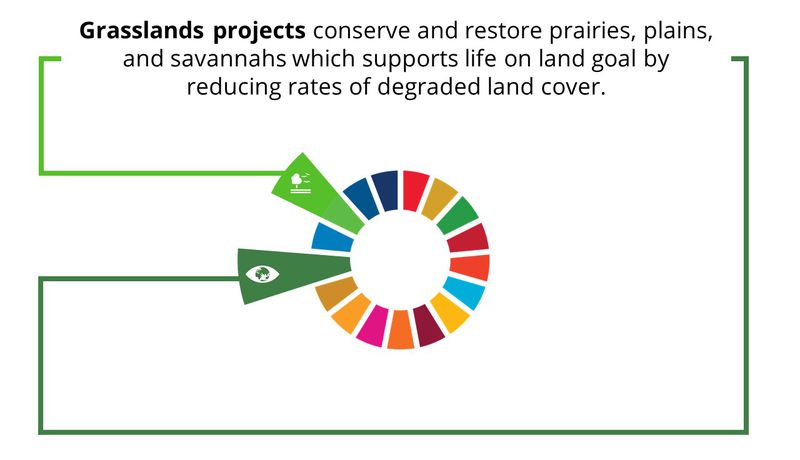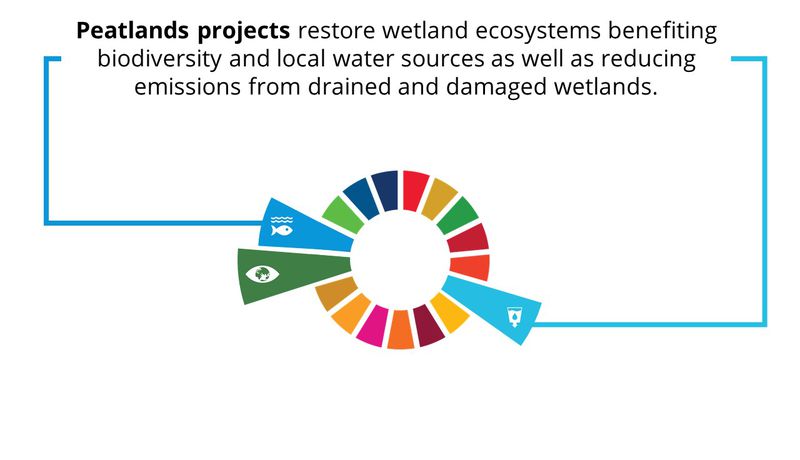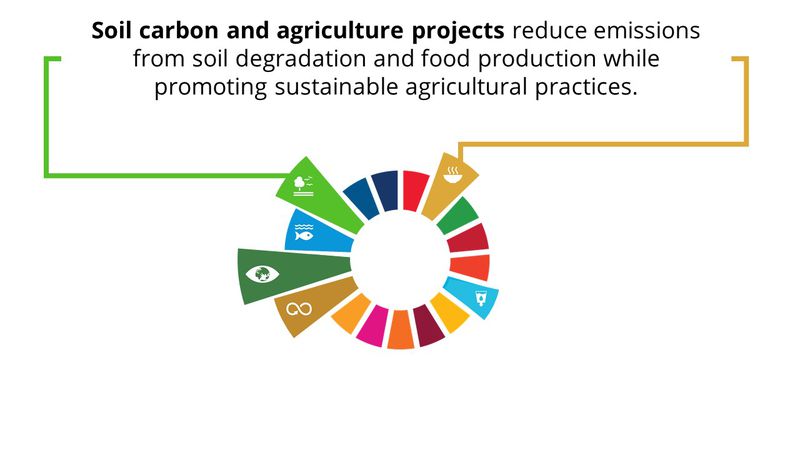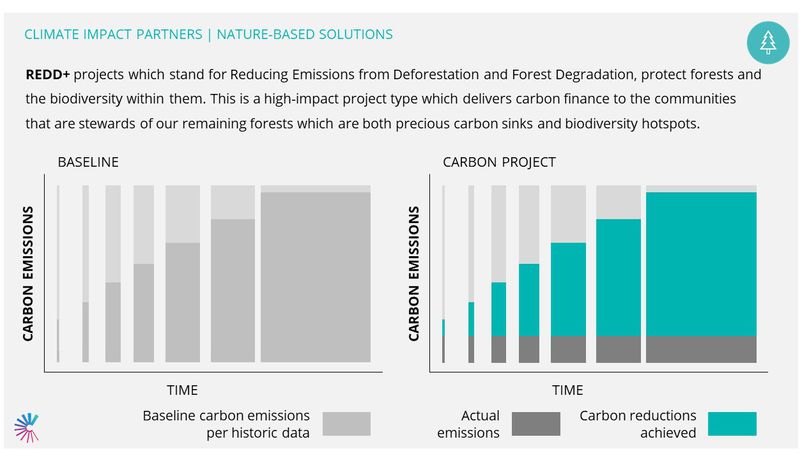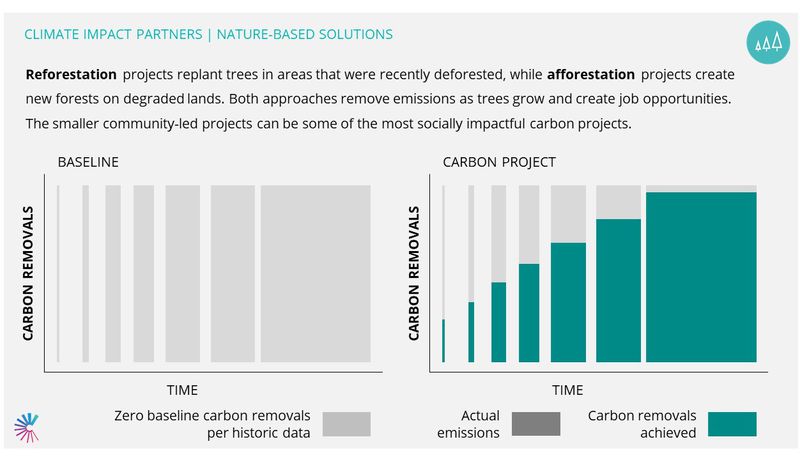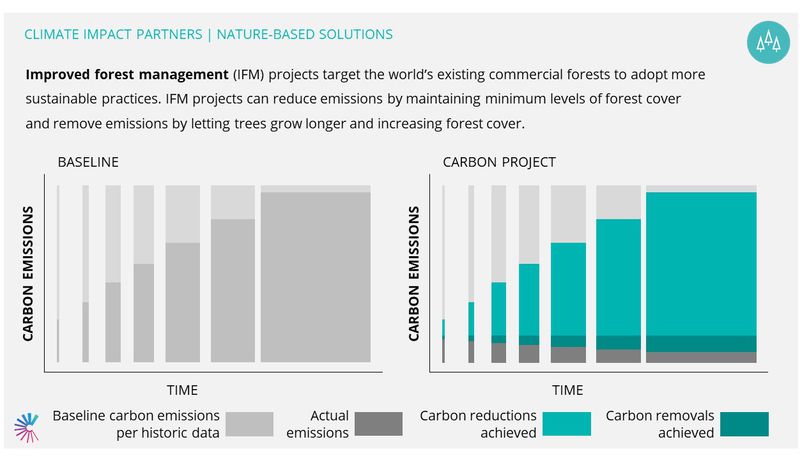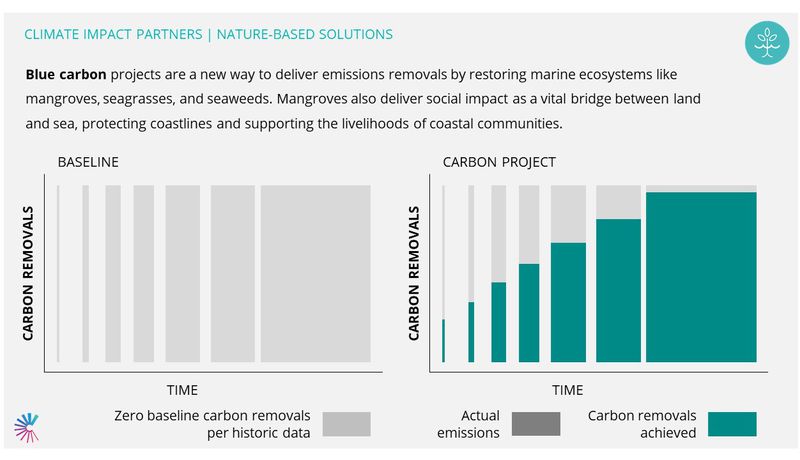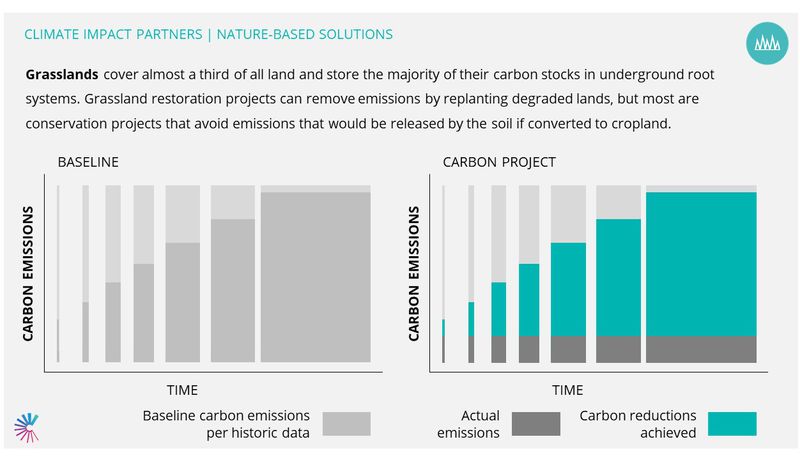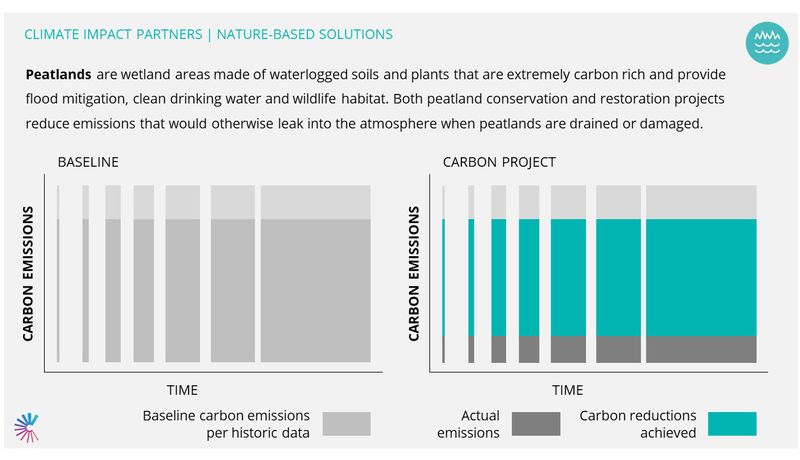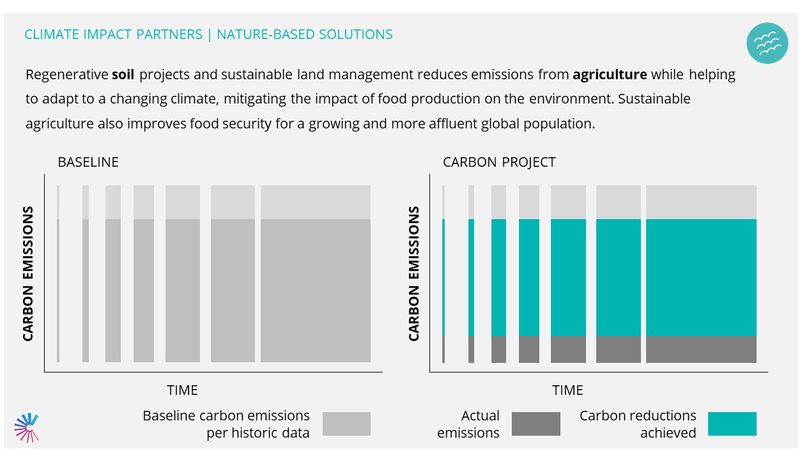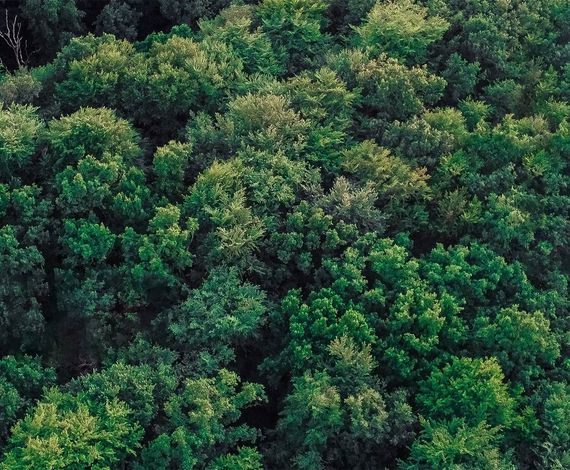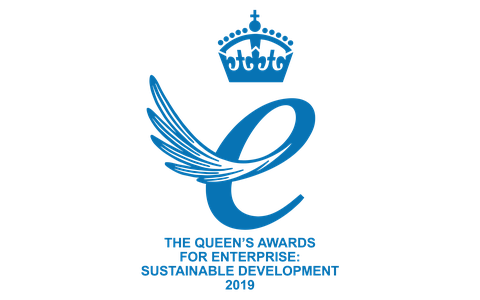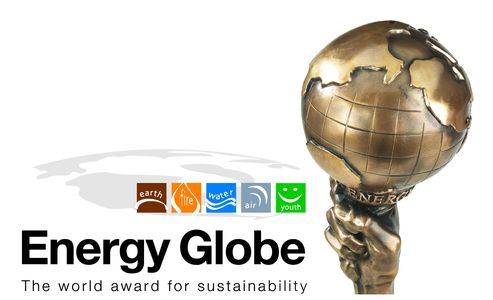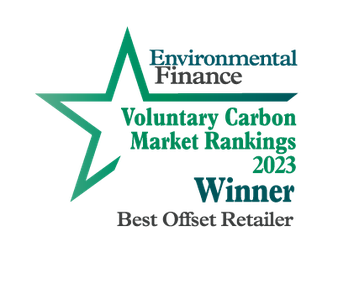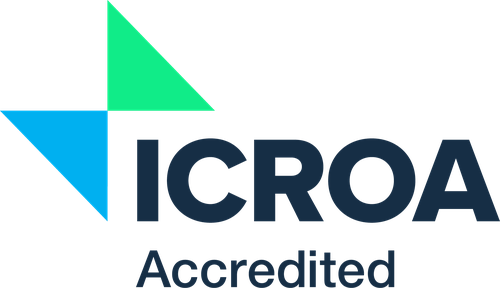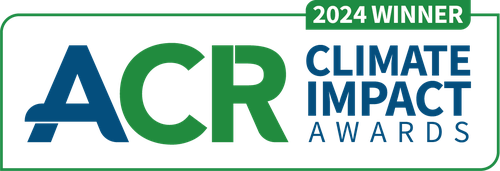The CommuniTree Carbon Program is the largest reforestation initiative in Nicaragua. This project creates long-term income opportunities for smallholder farmers who are some of the most vulnerable to the effects of climate change. In exchange for payments, participants reforest and regenerate ecosystems on under-utilized areas of their land. We are partnering with Taking Root and Arbor Day Foundation, to contribute carbon finance that enables projects like this to thrive.
What are nature-based solutions?
Nature-based solutions (NBS) are actions which result in the protection, restoration or sustainable management of natural, or modified ecosystems. By addressing societal challenges such as climate change, biodiversity loss and water pollution, nature-based solutions benefit communities, support biodiversity and help manage risk in these areas.
Estimates suggest that nature-based solutions can provide 37% of the mitigation needed until 2030 to achieve the targets of the Paris Agreement
Nature-based solutions projects that tackle climate change
Nature-based solutions carbon offset projects avoid and reduce emissions through nature conservation and nature restoration. They also protect and enhance biodiversity to ensure our planet thrives.
By conserving, restoring, and managing natural ecosystems such as forests, grasslands, wetlands, and oceans these projects enhance the ability of nature to absorb and store carbon from the atmosphere, thereby reducing the amount of carbon dioxide and other greenhouse gases that contribute to climate change.
Why are NBS carbon offset projects important?
Nature-based carbon offset projects are important to climate action for several reasons including:
- Carbon sequestration: NBS carbon offset projects can sequester significant amounts of carbon from the atmosphere, helping to mitigate climate change. Natural ecosystems such as forests, grasslands, and wetlands are able to absorb and store carbon dioxide, making them effective carbon sinks and these types of NBS projects can be scaled up to make a significant impact on global greenhouse gas emissions.
- Cost-effectiveness: NBS carbon offset projects can be a cost-effective way to mitigate climate change. Compared to other carbon reduction or removal strategies such as engineered carbon capture and storage, NBS projects can be relatively inexpensive and can provide multiple co-benefits.
- Co-benefits: NBS carbon offset projects can provide a range of co-benefits such as biodiversity conservation, sustainable job creation, improved water quality, and enhanced resilience to climate change impacts. For example, protecting and restoring forests can provide habitat for wildlife, prevent soil erosion, and reduce the risk of flooding.
Overall, NBS carbon projects offer a range of benefits and can play a significant role in mitigating climate change.
Our NBS carbon offset projects are concentrated where nature-based solutions can have the greatest impact, restoring degraded lands and conserving irrecoverable stores of carbon, like tropical rainforests.
How do nature-based carbon offset projects underpin sustainable development?
We conduct a detailed evaluation of the additional benefits to households, communities and biodiversity from projects, to understand their alignment with specific targets under the Sustainable Development Goals (SDGs).
The graphics below demonstrate the SDGs most commonly supported by a project type based on a representative sample of our projects.
Click below to explore the SDG impacts of different project types:
What types of NBS carbon offset projects are there?
NBS carbon offset project types include:
- Forest conservation REDD+ projects conserve biodiverse rainforests from high-risk deforestation by addressing the causes of tree clearing alongside local forest communities. REDD+ projects which stand for Reducing Emissions from Deforestation and Forest Degradation, protect forests and the biodiversity within them. This is a high-impact project type which delivers carbon finance to the communities that are stewards of our remaining forests which are both precious carbon sinks and biodiversity hotspots.
- Afforestation/reforestation (A/R) projects plant trees to create new carbon sinks either by reforesting recently cleared land or afforestation of long degraded lands. Reforestation projects replant trees in areas that were recently deforested, while afforestation projects create new forests on degraded lands. Both approaches remove emissions as trees grow and create job opportunities. The smaller community-led projects can be some of the most socially impactful carbon projects.
- Improved forest management (IFM) projects adopt more sustainable practices in commercial forests such as longer growth cycles and minimum rates of tree cover. Improved forest management projects target the world’s existing commercial forests to adopt more sustainable practices. IFM projects can reduce emissions by maintaining minimum levels of forest cover and remove emissions by letting trees grow longer and increasing forest cover
- Blue carbon projects harness coastal and marine ecosystems for carbon sequestration while supporting ocean biodiversity conservation and clean water. Blue carbon projects are a new way to deliver emissions removals by restoring marine ecosystems like mangroves, seagrasses, and seaweeds. Mangroves also deliver social impact as a vital bridge between land and sea, protecting coastlines and supporting the livelihoods of coastal communities.
- Soil carbon and agriculture projects reduce emissions from soil degradation and food production while promoting sustainable agricultural practices. Regenerative soil projects and sustainable land management reduce emissions from agriculture while helping to adapt to a changing climate, mitigating the impact of food production on the environment. Sustainable agriculture also improves food security for a growing and more affluent global population.
- Peatlands projects restore wetland ecosystems benefiting biodiversity and local water sources as well as reducing emissions from drained and damaged wetlands. Peatlands are wetland areas made of waterlogged soils and plants that are extremely carbon rich and provide flood mitigation, clean drinking water and wildlife habitat. Both peatland conservation and restoration projects reduce emissions that would otherwise leak into the atmosphere when peatlands are drained or damaged.
- Grasslands projects conserve and restore prairies, plains, and savannahs which supports life on land goal by reducing rates of degraded land cover. Grasslands cover almost a third of all land and store the majority of their carbon stocks in underground root systems. Grassland restoration projects can remove emissions by replanting degraded lands, but most are conservation projects that avoid emissions that would be released by the soil if converted to cropland.
Examples of nature-based solutions projects
Nature-based solutions protect biodiversity and enhance the natural environment's ability to store carbon and mitigate climate change. See some examples of our nature-based solutions projects:
REDD+ in Indonesia
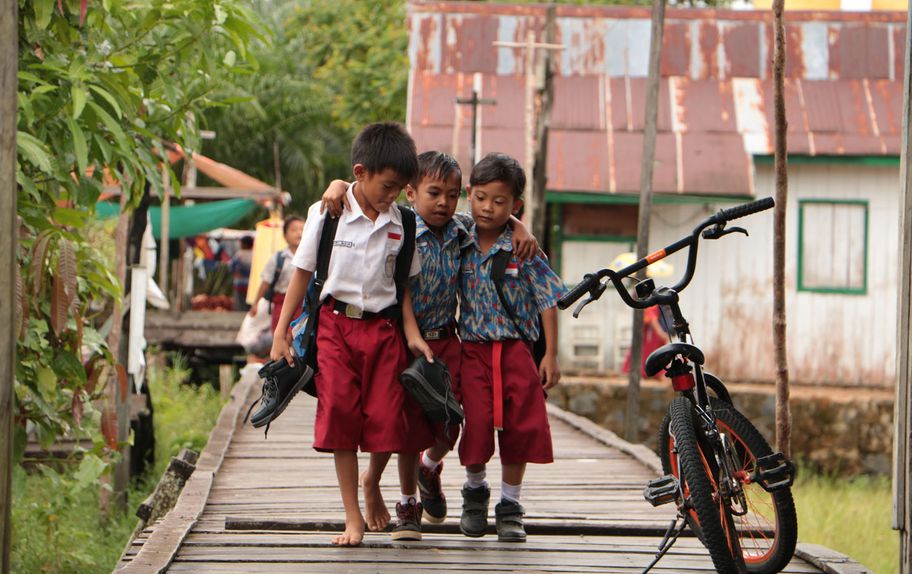
This project is the first carbon finance project to verify its contribution to all 17 Sustainable Development Goals by focusing on both community development and biodiversity conservation in a carbon-dense tropical peat swamp that was originally slated for conversion to palm oil plantations.
This project delivers carbon removals by planting new forests on degraded farmlands in Guatemala. Carbon finance enables sustainable rubber tree plantations to be an economically viable alternative to clear cutting forest land for cattle grazing or intensive crops like sugarcane. Watch our immersive 360-degree video tour to see the project and learn more.
Reforestation in East Africa
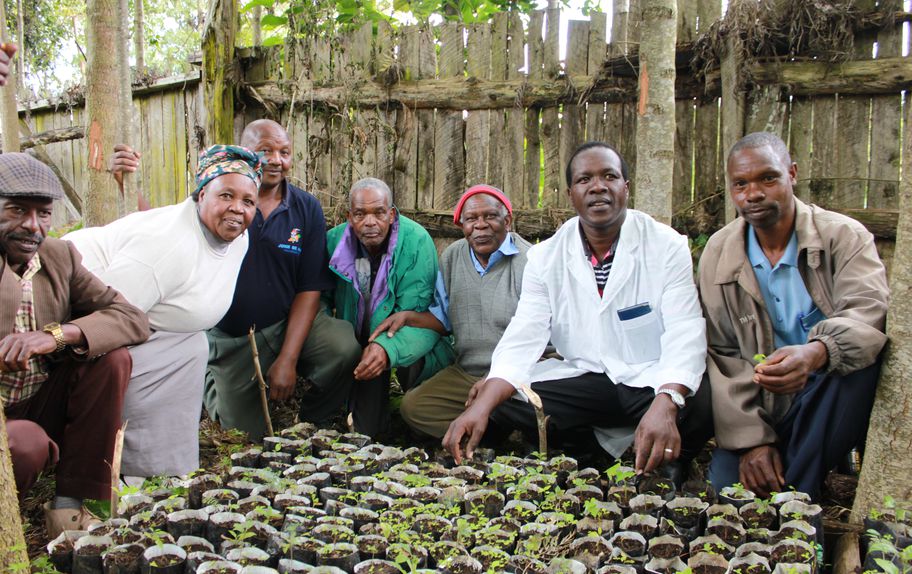
This project organizes hundreds of small tree planting groups on lands owned by smallholder farmers to protect against soil erosion, improve land quality and produce fruit and nuts for additional income. Participants are trained in tree monitoring technology and are paid for surviving trees.
NBS project methodologies
All the carbon finance projects we support are independently validated and verified in line with recognized global standards, including the Verified Carbon Standard (VCS), the Gold Standard, the American Carbon Registry (ACR) and the Climate Action Reserve (CAR).
Many nature-based solutions projects are also recognized under Verra's Climate, Community and Biodiversity (CCB) standard.
As founding members of the International Carbon Reduction and Offset Alliance (ICROA), we are closely involved with industry groups to evolve and develop standards and approaches for greater impact.
How carbon credits are generated by NBS projects
Click below to learn how carbon credits are generated by different types of nature-based solutions projects:
Delivering towards the Global Goals

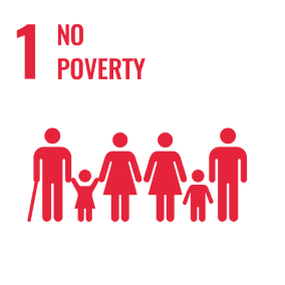
No Poverty
End poverty in all its forms everywhere
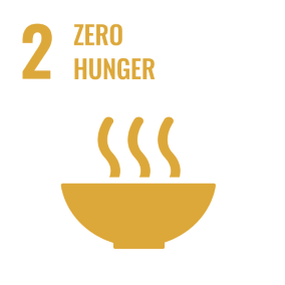
Zero Hunger
End hunger, achieve food security and improved nutrition
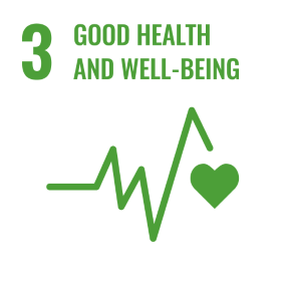
Good Health and Wellbeing
Ensure healthy lives and promote well-being for all at all ages
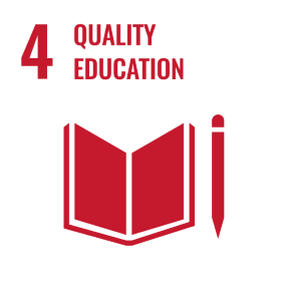
Quality Education
Ensure inclusive and equitable quality education and promote lifelong learning opportunities
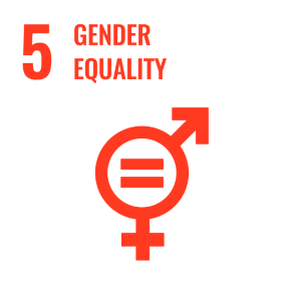
Gender Equality
Achieve gender equality and empower all women and girls
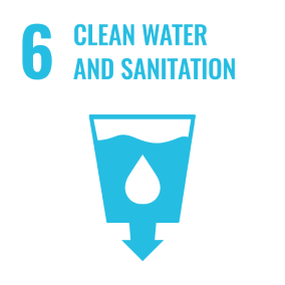
Clean Water and Sanitation
Ensure access to water and sanitation for all
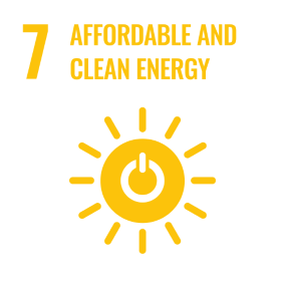
Affordable and Clean Energy
Ensure access to affordable, reliable, sustainable and modern energy
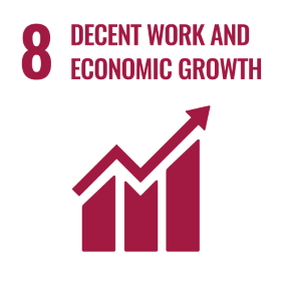
Decent Work and Economic Growth
Promote inclusive and sustainable economic growth, employment and decent work for all
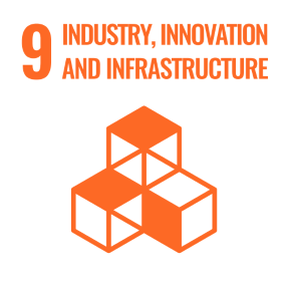
Industry, Innovation and Infrastructure
Build resilient infrastructure, promote sustainable industrialization and foster innovation
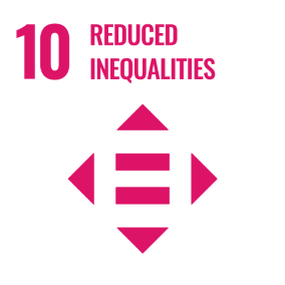
Reduced Inequalities
Reduce inequality within and among countries
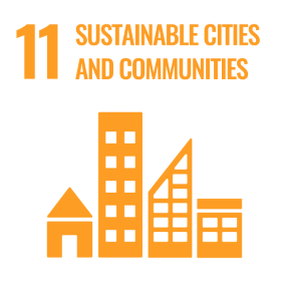
Sustainable Cities and Communities
Make cities inclusive, safe, resilient and sustainable
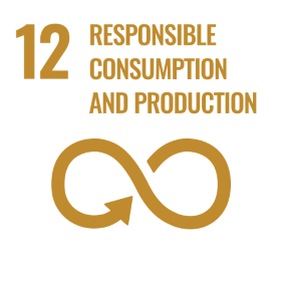
Responsible Consumption and Production
Ensure sustainable consumption and production patterns
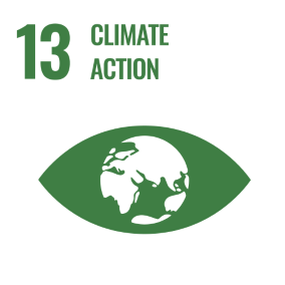
Climate Action
Take urgent action to combat climate change and its impacts
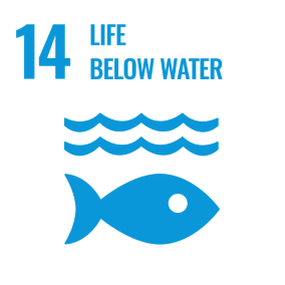
Life Below Water
Conserve and sustainably use the oceans, seas and marine resources
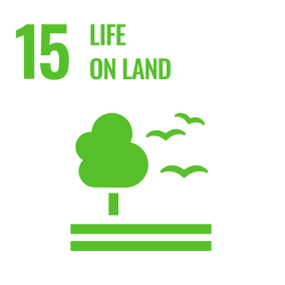
Life on Land
Sustainably manage forests, combat desertification, halt and reverse land degradation, halt biodiversity loss
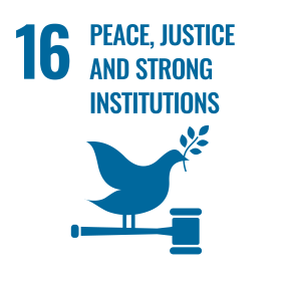
Peace, Justice and Strong Institutions
Promote just, peaceful and inclusive societies
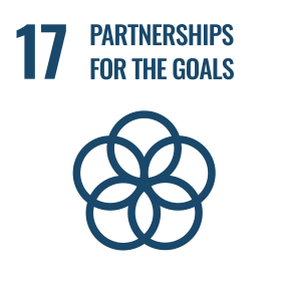
Partnerships for the Goals
Revitalize the global partnership for sustainable development


Supporting our projects delivers on multiple UN Sustainable Development Goals (SDGs). You can read more on the Goals below.
Learn more about the global goals
